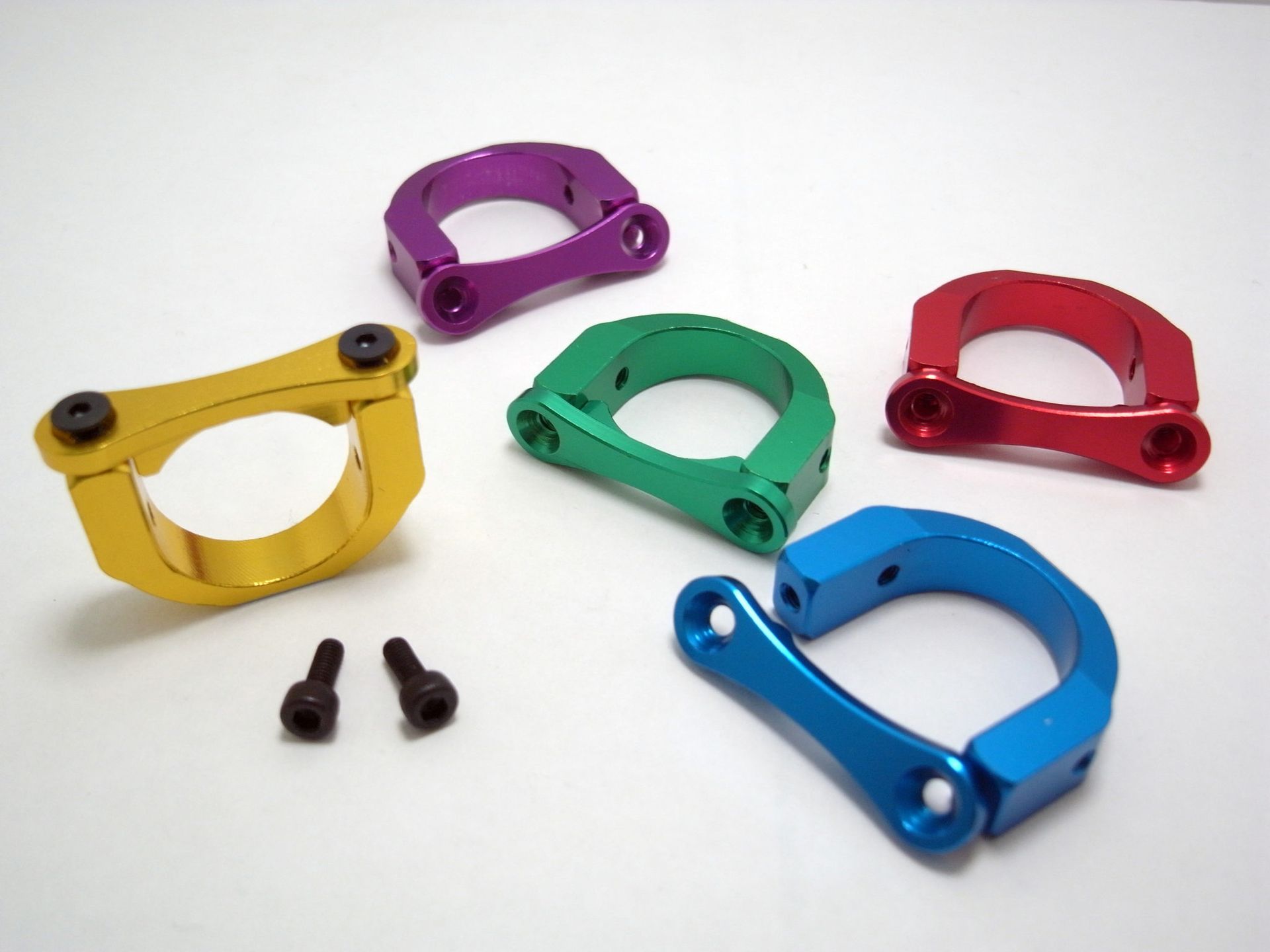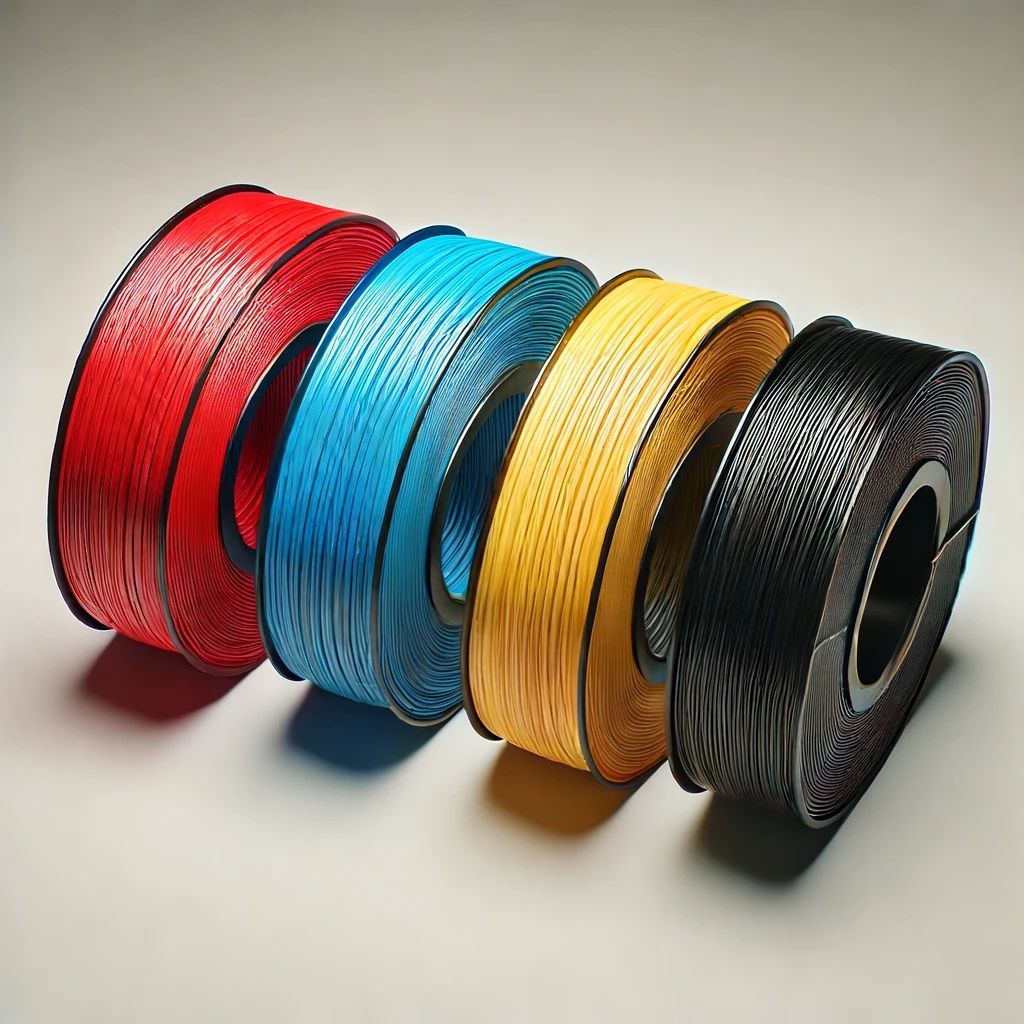Powder Bed and Inkjet Head 3D Printing
The Basic Guide to 3D Printing: The Technicalities of Powder Bed and Inkjet Head 3D Printing

It is no secret that the world of 3D printing is constantly expanding and evolving. The technology has been around for decades, but it wasn’t until recently that it truly began to take off. With more and more businesses choosing to implement 3D printing in their manufacturing processes, as well as homes adding a 3D printer to their personal libraries, the scope of this industry will only continue to grow. If you are someone who wants to explore the world of 3D printing further, or if you are someone who has just started experimenting with this technology and would like some helpful pointers, this article will be your go-to guide. Here you will learn all about the different types of 3D printers and what makes them unique; everything from materials used in each printer type to different cost ranges will be explained in detail.
Powder Bed 3D Printing
For those of you who are not very familiar with this type of 3D printing technology, powder bed fusion is a type of process that uses a bed of fine, powdered materials (such as metal, plastic, or ceramic) that is heated and then cooled in a specific way to create a finished product. Powder bed fusion is mainly used in the medical, aerospace, and automotive industries. What makes this technology unique, however, is that it can also be used to create items with intricate details, such as jewelry and small molds. This ability makes powder bed fusion a great option for prototyping. This powder bed fusion technology can be a bit tricky to master, but once you get the hang of it, you will be able to create truly incredible things. If you are an aspiring designer, this type of 3D printing is definitely something you should explore. You can create highly detailed products that are normally difficult to create with other 3D printing methods.

Inkjet Head 3D Printing
Another technology that falls under the category of “inkjet printing” is drop-on-demand inkjet printing, which is used for 3D printing. With this technology, an inkjet head will first use a computer program to draw an image on a tray of photopolymer resin, and then a UV light will solidify the resin, forming a layer of your desired product. Once that layer is finished, the inkjet head will drop another layer of resin on top of the layer below, and the process will be repeated until you have an entire 3D product. This technology is generally used for industrial 3D printing, such as for the creation of molds and production of spare parts. Drop-on-demand inkjet printing is also often used as a prototyping tool in the product development process. If you are looking to buy a 3D printer for larger-scale production or for creating molds, drop-on-demand inkjet printing is worth exploring. This type of 3D printing is relatively inexpensive, easy to use, and quick, making it a great option for both businesses and home-based entrepreneurs.
Which Type of 3D Printer Should You Buy?
If you want to buy a new 3D printer, the first thing you should do is figure out what type of technology you would like to use. Once you have done that, you can start looking for printers that best fit your specifications. Remember, however, that not all 3D printers are created equal. Different technologies come with different advantages and disadvantages, so it’s important to choose wisely. For example, if you are looking for a printer that you can use for industrial applications, you should probably invest in a powder bed fusion printer.

What is the Difference Between Powder Bed and Inkjet Head 3D Printing?
Before diving into the details of each technology, let’s start by exploring the differences between powder bed and inkjet head 3D printing. As you now know, there are two main types of 3D printers: powder bed fusion and drop-on-demand inkjet printing. Both types of printers work in similar ways, but they vary in a few key areas. Specifically, these two types of 3D printing differ in the following ways: - Materials used: While both powder bed and drop-on-demand inkjet printers use photopolymer resin, powder bed printers use metal, plastic, or ceramic powders, while drop-on-demand printers use resins. - Cost: Powder bed printers tend to be more expensive than drop-on-demand printers.
Electron Beam Additive Manufacturing (EBAM)
Now, let’s take a closer look at electron beam additive manufacturing, or EBAM for short. This is another type of 3D printing technology that falls under the category of “inkjet printing,” and it uses a drop-on-demand printer to fabricate metal parts. EBAM is mainly used for producing parts for the aerospace industry, such as airplane wings, airplanes, and more. Although it’s a fairly new technology (having been invented in the late ’90s), it is quickly gaining popularity. If you are in the market for a 3D printer that you can use to create metal parts, you should consider investing in an EBAM printer.

What are the disadvantages of powder bed fusion?
Powder bed fusion is a truly unique technology, but there are a few disadvantages you should be aware of before investing in a printer that uses this method. Let’s explore some of these disadvantages below: - Powder bed printers are extremely expensive, and they are often used by large businesses and manufacturers. While these printers can definitely be useful for small-scale production and prototyping, they are not a good option for home-based entrepreneurs. - With powder bed fusion, you are limited in terms of what materials you can use. For example, you must use ceramic, metal, or plastic. Some printers do allow you to use multiple materials, but the range is generally quite limited. - Setting up a powder bed printer can be a difficult process, especially for beginners. The materials used in these printers can be somewhat finicky, so you need to be very careful when setting up your printer.
Conclusion
As you can now see, powder bed fusion and drop-on-demand inkjet printing are two very different technologies. However, they are both extremely useful in a variety of applications. If you’re in the market for a new 3D printer, you should definitely consider these technologies. You can use these printers to create a wide range of products, including medical supplies, automobile parts, and more.












